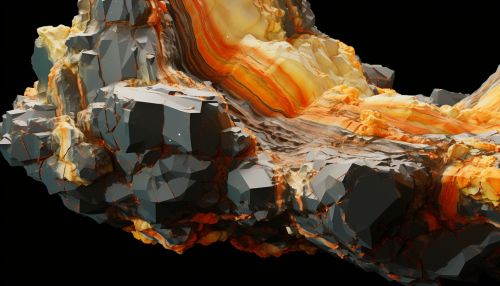The Role of Geostatistics in Predicting Mineral Deposits
Introduction
Geostatistics is a branch of statistics focusing on spatial or spatiotemporal datasets. Developed originally for the field of mining, geostatistics is now used in a variety of disciplines, including hydrology, meteorology, and geography. This article will delve into the role of geostatistics in predicting mineral deposits, a crucial aspect of the mining industry.


Geostatistics: An Overview
Geostatistics is a branch of statistics that deals with the analysis, interpretation, and prediction of spatial phenomena. It involves the application of statistical methods to spatially distributed data, with the aim of understanding the underlying processes that generate these data. The field of geostatistics was developed in the mid-20th century by the French engineer Matheron, based on the work of South African mining engineer Krige.
Role of Geostatistics in Predicting Mineral Deposits
The primary role of geostatistics in predicting mineral deposits involves the analysis of spatial data to understand the distribution of minerals in a given area. This is achieved through various statistical techniques, such as variogram modeling, kriging, and sequential Gaussian simulation.


Variogram Modeling
A variogram is a fundamental tool in geostatistics, used to quantify the spatial correlation of a variable. In the context of mineral exploration, variogram modeling helps in understanding the spatial continuity of mineral grades, which is crucial for predicting the location and quantity of mineral deposits.
Kriging
Kriging is a geostatistical interpolation technique that provides the best linear unbiased prediction of the intermediate values. Named after Danie Krige, this method is extensively used in the mining industry to estimate resources and reserves, and to design mining operations.
Sequential Gaussian Simulation
Sequential Gaussian Simulation (SGS) is a geostatistical technique used to assess the uncertainty associated with the prediction of mineral deposits. It generates multiple equally probable realizations of a mineral deposit, providing a measure of uncertainty that can be used in risk assessment and decision-making.


Advantages of Using Geostatistics in Predicting Mineral Deposits
The use of geostatistics in predicting mineral deposits offers several advantages. It provides a rigorous, objective, and reproducible method for estimating mineral resources. It allows for the quantification of uncertainty, which is crucial in decision-making. Moreover, it enables the optimal design of drilling campaigns and mining operations.
Limitations and Challenges
Despite its advantages, the use of geostatistics in predicting mineral deposits also comes with certain limitations and challenges. These include the assumption of stationarity, the need for large datasets, and the complexity of geostatistical models.
Conclusion
Geostatistics plays a vital role in predicting mineral deposits. Through techniques such as variogram modeling, kriging, and sequential Gaussian simulation, it provides a robust and objective framework for estimating mineral resources and designing mining operations. Despite certain limitations, the use of geostatistics in mineral prediction is indispensable in the modern mining industry.
